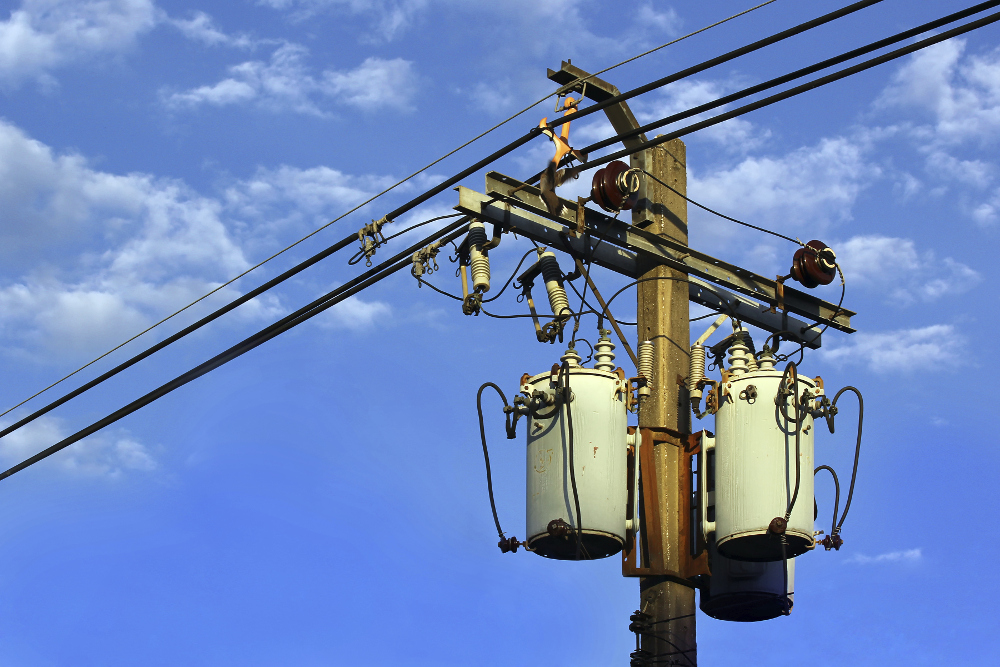Time, Location, and the Grid

EPRI Demonstrates Comprehensive Method to Model Benefits and Costs of Distributed Energy Resources
Can solar and other distributed energy resources (DER) help utilities serve load growth and avoid infrastructure investment?
The answer from an EPRI study: It depends on complex local factors, including load-growth rates, load variation over time, location and other characteristics of grid-connected DER, grid design, location and timing of grid upgrades, and environmental conditions. DER may benefit the grid in some cases, but not others.
Following the approach described in EPRI’s Integrated Grid Benefit-Cost Framework, researchers modeled feeders in distinctly different distribution grids—Con Edison’s mesh network in New York and Southern California Edison’s radial system—and then analyzed grid impacts and societal costs of locating DER to meet load growth over 10 years. In some scenarios, DER costs were roughly the same as for traditional grid upgrades. In others, the costs were more than four times those of traditional upgrades.
Researchers determined that DER location is particularly important. For instance, to address load growth in a mesh network, DER must be tightly situated near a capacity-constrained asset to relieve it cost-effectively. In a radial grid, DER can address capacity constraints when located downstream of the substation. Reconfiguring radial grids, however, could redirect DER generation such that it could have little benefit with respect to avoiding traditional grid upgrades.
The results point to the need for comprehensive, consistent engineering methods for assessing DER’s value in serving the grid as demand grows.

